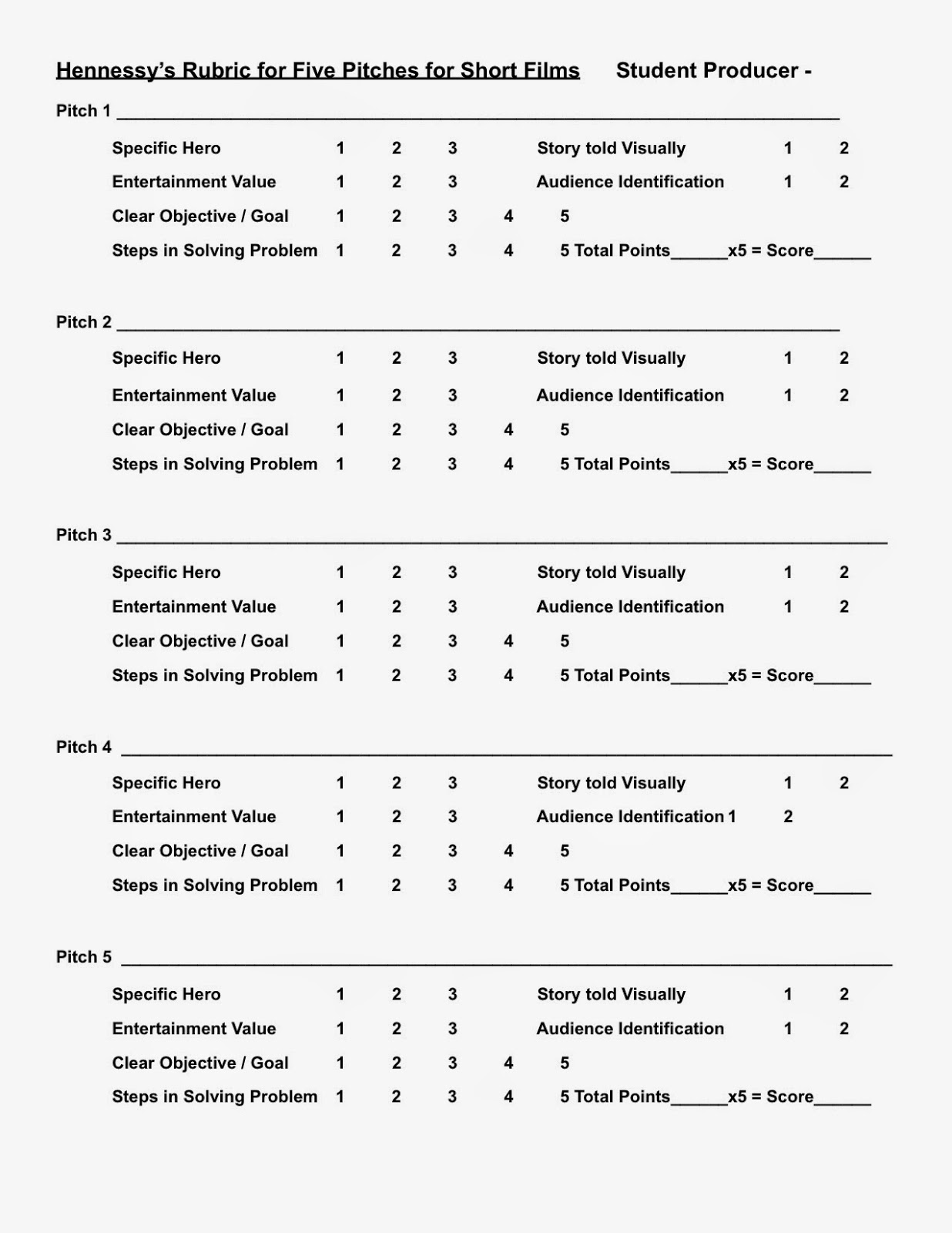Tell me what you think about my entry in the 2016 Doritos Crash the Superbowl Commercial Contest.
See the animatic (edited storyboard) for the commercial.
My production process was as follows:
Step 1 - Create the Material
I tossed the first idea in the garbage.
Storyboarded the second idea but found it trivial - trash.
Started thinking of the Coach’s Speech, wrote it 5 times.
Storyboarded the Coach’s Speech. I liked it because it seemed nostalgic.
Step 2 - Development = Convince my fellow filmmakers to work on the project.
Used iPhone to make audio recording of myself performing the Coach’s Speech.
Took pics of story board index cards with iPhone.
Move materials to Mini Mac.
Downloaded official Doritos music and graphic files.
Created the animatic on iMovie. Gave it a “film” effect to help it look nostalgic.
Sent the animatic to a few close friends for feedback.
My brother, who is currently in a Film Production Certificate Program at UCLA told me that one of his teachers said that the Doritos Contest commercials had created their own mini-subgenre, or formula, of - a boy gains Doritos by using cardboard to out wit an adult male. I agreed with him, accepted that I would not win, and decided to begin production.
Created a private Facebook page for the project.
Visited 3 possible shooting locations. Took pictures and video, posted them on the Facebook page.
Posted an announcement on the Facebook page for our area film group, Southeastern Filmmakers - Augusta Chapter, and asked for volunteers. Interested participants were added to the private Facebook page. I told people the goal was to manage the production as if it was a feature, but only about 1 minute would be shot. Eventually, 25 people worked on the production.
See the animatic on Youtube:
Step 3 - Pre-Production
I asked Susan Willis, who is forming a new company, “Mamma Bear Extras Casting”, to cast the commercial. I added her to the admin on the FB group. She added cast members. I didn’t worry about the cast again.
Two people were helping with costumes, so I posted a few guidelines for costumes.
Gave the makeup artist some guidelines. It was one of her first film gigs.
Rehearsed the lead talent on “the Coach’s Speech”. It was his first time acting.
Bought the craft food and sandwich food at Costco.
Bought a football.
Step 4 - Production
Shoot time 9 am to 5:30 pm, Saturday November 7, 2015.
20 people participated as cast and crew.
I did not let the editor attend the shoot.
Photography was mainly with a Sony FS-700 with vintage Canon FD primes from the 1970s. Recording was made with an Odyssey 7Q set to Pro Res. The jib shot was on a lighter Sony FS-100 on to an SD card with h264.
In addition to the shots in the animatic, I had a list of additional shots to give the editor some choices during editing.
It rained twice during the day causing two short holds.
Since the actor playing the Coach was new, his audio was broken up into many takes.
We made the day.
As we started to wrap, I asked everyone to sign the “game ball”, the football I bought for the production.
Step 5 - Post
Copied the footage to my computer.
Took the SSD card to my editor.
I selected a few shots I felt needed to be in the commercial.
Pieced together the Coach actor’s best line delivery from numerous takes.
Cut a rough cut in DaVinci Resolve 12; it was 34 seconds and boring.
Exported the XML and sent it to my editor, who used Adobe Premier.
A few days later the editor sent me his first cut. It was a lot better than mine.
The editor included several of the additional shots not in the animatic.
We made small changes.
The most interesting experimentation was with the color of the work. We tried several attempts at making the work look “vintage”. These made the big hit at the end of the commercial seem violent. We discovered that increasing the saturation with a clean image increase the humor.
Step 6 - Submittal
Done by noon on the deadline day.
I enjoy seeing the autographed football in my house.
See the complete entry on Youtube though the Doritos Contest website:
YouTube Link
Or view it through my website.




